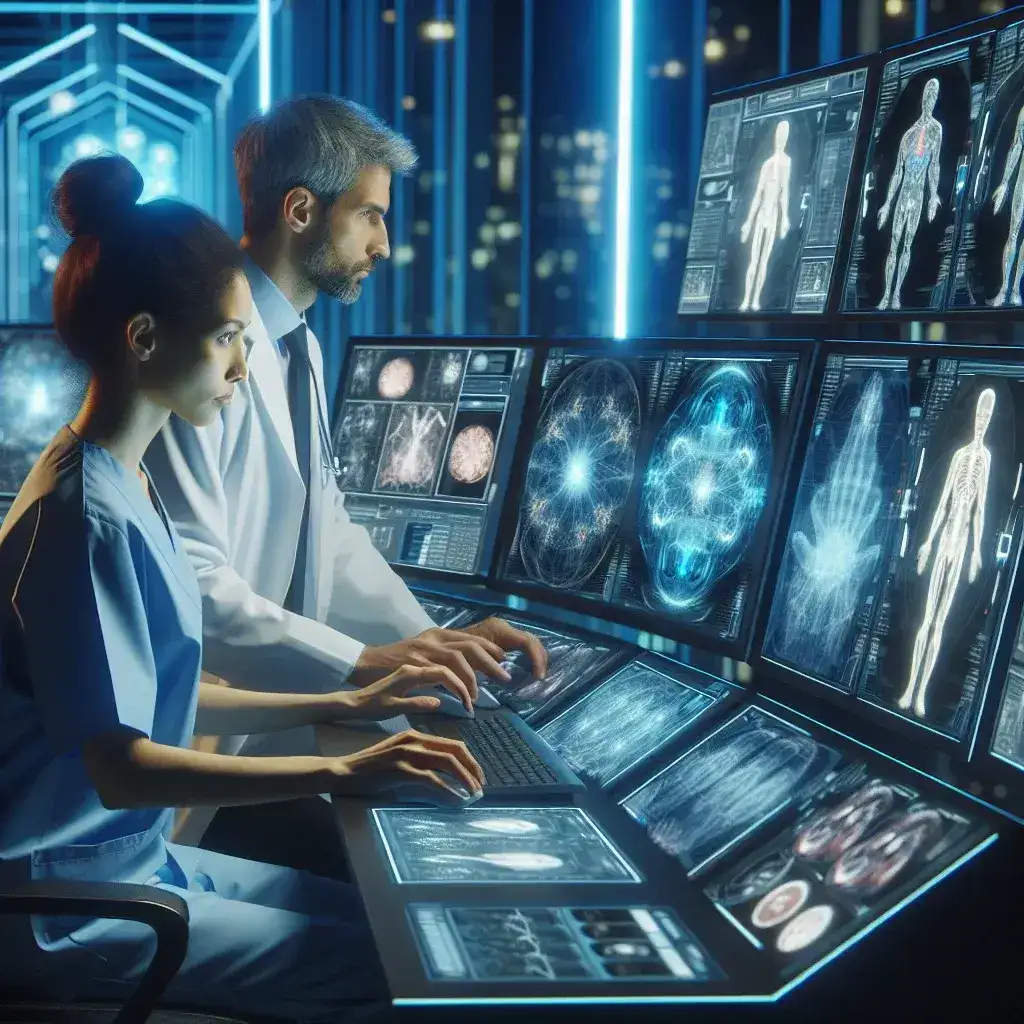NVIDIA’s New Era in Healthcare Imaging
NVIDIA, a leader in visual computing technology, has made significant strides in the healthcare sector by partnering with U.S. hospitals to optimize imaging workloads. This collaboration aims to enhance the efficiency and accuracy of medical imaging, ultimately improving patient care and resource management in hospitals.
Understanding the Challenge
The healthcare industry has long faced challenges associated with imaging workloads. Medical imaging technologies, such as MRI, CT scans, and X-rays, generate vast amounts of data that need to be processed and analyzed swiftly. However, traditional imaging systems often struggle to keep up with the increasing demand for rapid and accurate diagnoses. This bottleneck can delay patient care and lead to increased operational costs for hospitals.
NVIDIA’s Role in Imaging Optimization
NVIDIA is leveraging its expertise in artificial intelligence (AI) and deep learning to address these challenges. By integrating advanced GPU (graphics processing unit) technology into imaging systems, hospitals can significantly reduce the time needed to process imaging data. The key innovations include:
- Accelerated Image Processing: Utilizing NVIDIA’s powerful GPUs allows for real-time processing of images, enabling healthcare professionals to make quicker and more informed decisions.
- AI-Driven Insights: NVIDIA’s AI algorithms can analyze imaging data to identify patterns and anomalies, assisting radiologists in diagnosing conditions with enhanced accuracy.
- Seamless Integration: The partnership focuses on ensuring that NVIDIA’s technology integrates seamlessly with existing hospital systems, minimizing disruption during the transition.
Transformative Impact on Patient Care
The partnership between NVIDIA and U.S. hospitals signifies a transformative shift in patient care. By optimizing imaging workloads, healthcare providers can achieve:
1. Improved Diagnostic Accuracy
AI-driven insights lead to more accurate interpretations of imaging studies, reducing the likelihood of misdiagnoses and improving patient outcomes. For example, in one case study, a hospital reported a 30% increase in diagnostic accuracy for lung cancer detection after adopting NVIDIA’s imaging solutions.
2. Enhanced Workflow Efficiency
With faster image processing capabilities, radiologists can review more images in less time, leading to more efficient workflows. This efficiency not only benefits healthcare professionals but also shortens wait times for patients.
3. Resource Optimization
By streamlining imaging operations, hospitals can optimize their resources. This includes reducing the number of retakes due to poor-quality images and reallocating staff to areas where they are most needed.
Future Predictions and Innovations
The collaboration between NVIDIA and U.S. hospitals is just the beginning. As technology continues to evolve, the potential for further innovations in imaging is vast. Future predictions include:
1. Expansion of AI Applications
AI’s role in healthcare is expected to grow exponentially. NVIDIA is already exploring applications beyond imaging, such as predictive analytics for patient outcomes and personalized treatment plans.
2. Global Reach of Advanced Imaging Solutions
While this partnership focuses on U.S. hospitals, the implications of optimized imaging workloads can extend globally. As hospitals around the world look to improve their imaging capabilities, NVIDIA’s technology could become a standard in medical imaging.
3. Integration with Other Medical Technologies
Future developments may see NVIDIA’s advancements integrated with other medical technologies, such as electronic health records (EHR) systems, enhancing the overall efficiency of patient management.
Challenges Faced in Implementation
Despite the promising future, several challenges could hinder the implementation of these advanced imaging solutions:
1. Financial Constraints
Many hospitals operate under tight budgets, and investing in new technology can be a significant hurdle. NVIDIA must work with hospitals to demonstrate the long-term cost savings associated with optimized imaging workloads.
2. Training and Adaptation
Effective utilization of new technology requires training healthcare staff. Hospitals must invest time and resources in training personnel to ensure they can maximize the benefits of NVIDIA’s imaging solutions.
3. Regulatory Compliance
Healthcare is a heavily regulated industry, and any new technologies must comply with standards and regulations. NVIDIA will need to navigate these complexities to ensure their solutions meet all necessary requirements.
Conclusion: A Bright Future for Healthcare Imaging
The partnership between NVIDIA and U.S. hospitals marks a significant leap forward in the optimization of imaging workloads. By harnessing the power of AI and deep learning, NVIDIA is not only improving the efficiency of medical imaging but also enhancing patient care and outcomes. As the healthcare sector continues to evolve, this collaboration paves the way for future innovations that will undoubtedly transform the way we approach medical imaging.
In summary, the integration of NVIDIA’s advanced imaging technology signifies a new era in healthcare—one where rapid, accurate diagnostics can lead to better patient care and streamlined hospital operations. The future appears bright, and the potential for improved healthcare delivery through optimized imaging workloads is limitless.

